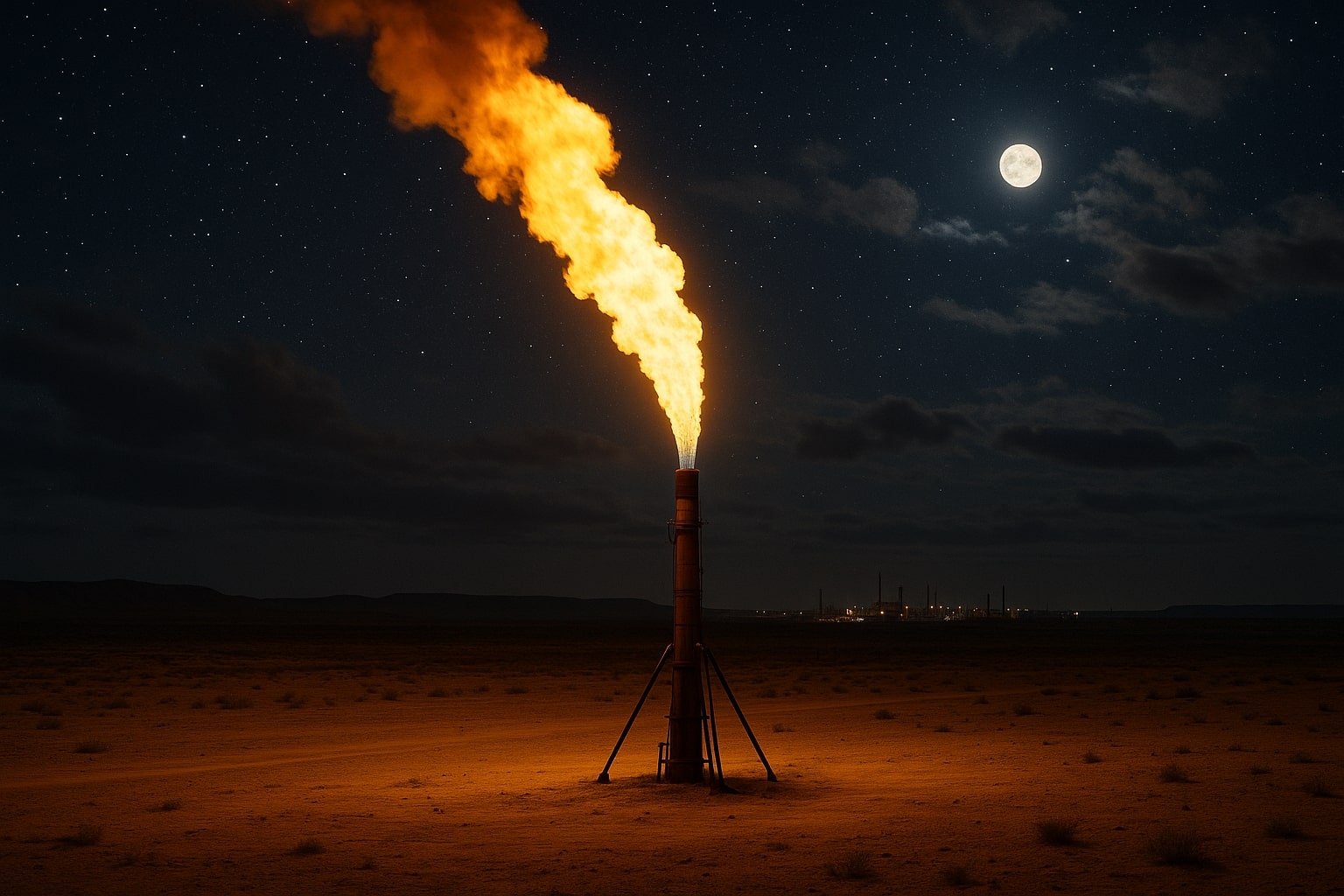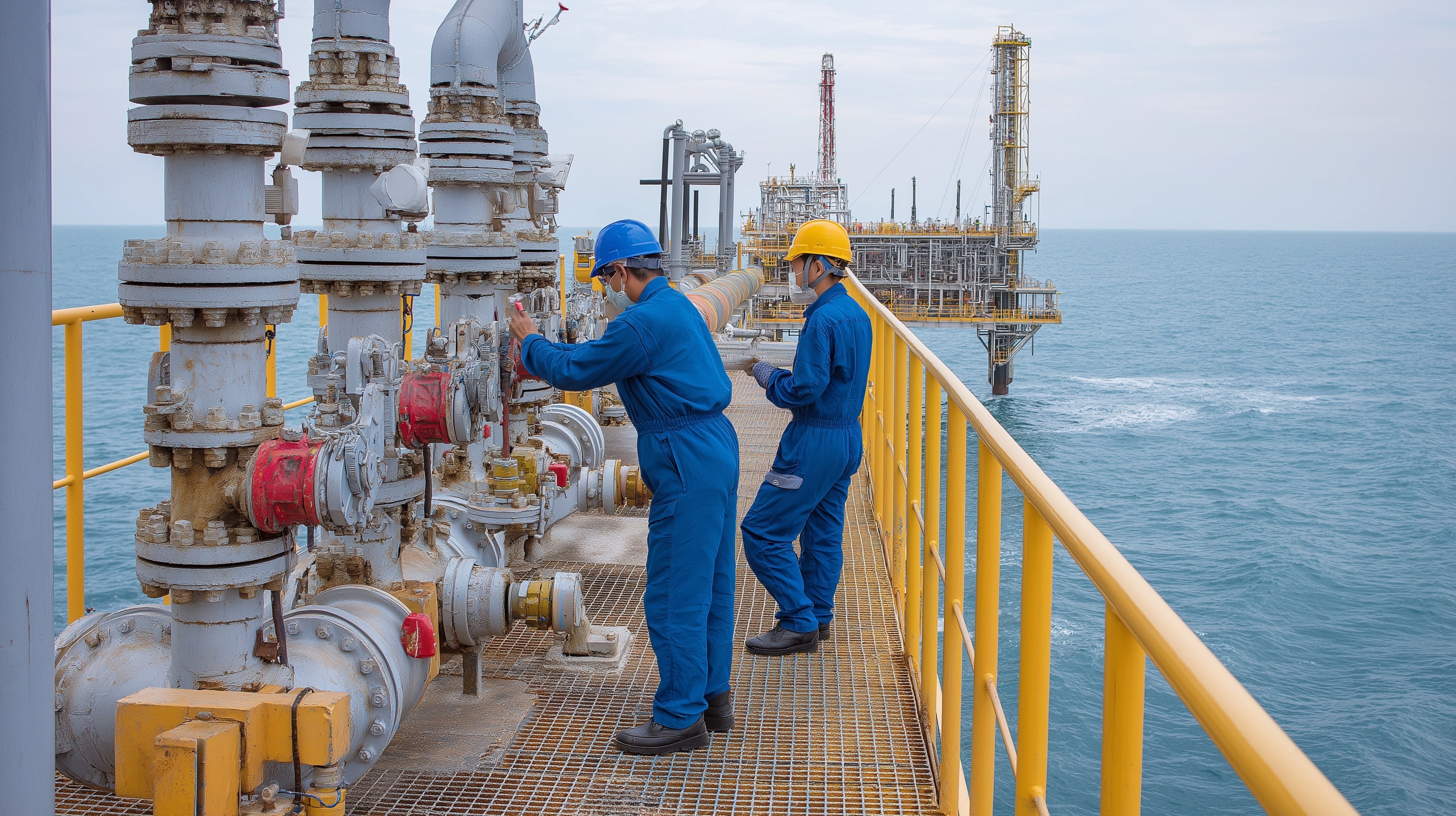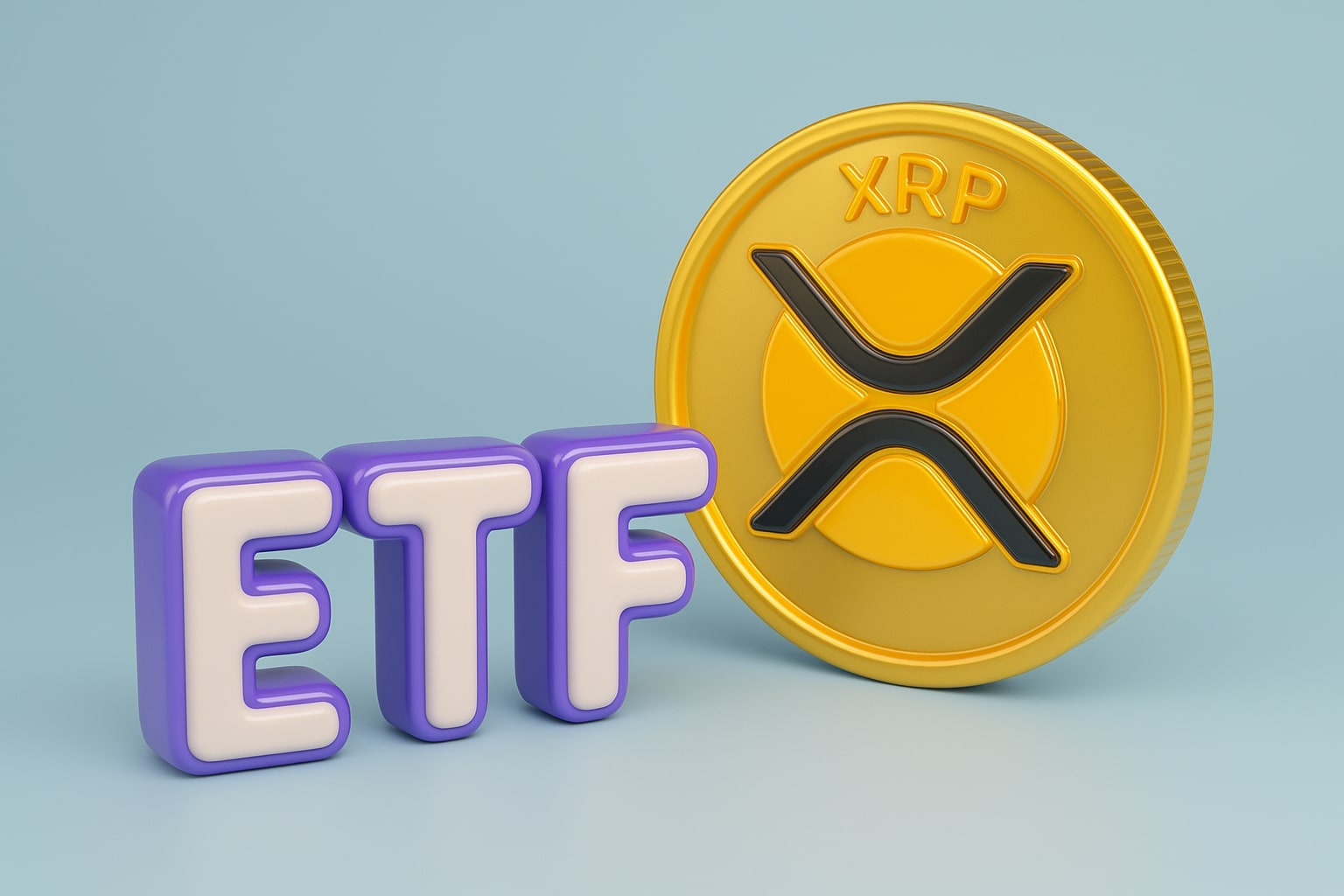
Natural Gas Price Forecast: Futures Steady at $2.858 as LNG Growth, EU Storage, and Winter Outlook Collide
NG=F stabilizes near $2.86 after volatile trade, supported by LNG demand, record EU storage at 82%, and Dallas Fed projections showing Henry Hub climbing to $3.35 in six months and $4.50 in five years | That's TradingNEWS
Natural Gas Price Forecast: NG=F Stabilizes Near $2.85 as LNG Demand Offsets Oversupply
NG=F Holds at $2.858 After Choppy Session
U.S. natural gas futures (NG=F) are trading near $2.858 per MMBtu, up 0.2% intraday, after volatile swings in early New York trade. A pickup in LNG feedgas demand is absorbing some of the selling pressure that followed expectations for another large storage build. Traders are closely watching the rollover to the November contract this Friday, which typically injects seasonal volatility as colder weather demand gets priced in. Despite recent pullbacks, NG=F remains supported by the longer-term uptrend line from February 2024, keeping the market within a technically constructive range.
LNG Flows Back Above 15 Bcf/d as Corpus Christi Expands
Fundamentals showed a notable shift last week with Cheniere Energy’s third liquefaction train at Corpus Christi coming online. That boost pushed LNG feedgas demand above 15 Bcf/d, even with the Cove Point outage curbing volumes. Forecasts now project total LNG flows surpassing 16 Bcf/d later in Q4, particularly as the Golden Pass facility begins to take gas. The return of incremental export demand has limited downside pressure and continues to position LNG as the dominant growth engine for U.S. gas, offsetting record domestic production.
European Gas Prices Ease but Storage Remains Ample
Across the Atlantic, benchmark Dutch TTF contracts fell 1.1% to €31.90/MWh, extending a 5% monthly decline as inventories remain 82% full, well above the EU’s Nov. 1 target. Demand is down nearly 29% year-over-year, reinforcing the view that Europe’s storage safety net will cap upside price risks this winter. Norway’s pipeline exports are rising again after heavy September maintenance, while LNG imports into Northwest Europe remain exceptionally high for the season. These dynamics temper bullish U.S. export expectations in the near term, as Europe looks comfortably supplied.
Geopolitics and Policy Still a Risk Factor
The European Commission recently proposed banning Russian LNG imports by the end of 2026, a year earlier than planned. Analysts at Goldman Sachs argue the ban would have “limited impact” on global gas balances, as Russian cargoes would simply be redirected elsewhere. Still, any acceleration of sanctions could alter flows into Asia or Latin America, reshaping U.S. export competitiveness. At the same time, U.S. gas executives are warning that tariffs on oilfield services equipment are raising costs, complicating drilling programs in the Permian and Haynesville. According to the Dallas Fed energy survey, executives expect Henry Hub to average $3.35 in six months, $3.53 in one year, and $4.50 in five years, highlighting a gradual, policy-sensitive climb.
Technical Picture: Sideways Range but Seasonal Strength Ahead
Technically, NG=F is trapped between $2.820 support and $3.220 resistance, with the market attempting to close the August gap near $2.72. The 50-day EMA is sitting around $3.05, and as long as prices remain above it, short-term bearish attacks appear limited. Traders expect an impulsive jump on the next cold-weather forecast, which could test $3.45, the first resistance level flagged by chartists. Seasonality favors upside into November and December, as heating demand rises and storage withdrawals accelerate.
Read More
-
PFFA ETF Nears $21.50 as Rate Cuts and 9.49% Yield Spark Renewed Demand
29.11.2025 · TradingNEWS ArchiveStocks
-
XRPI and XRPR ETFs Ignite Ripple’s Institutional Rally as Inflows Near $1B and XRP Holds $2.20
29.11.2025 · TradingNEWS ArchiveCrypto
-
Natural Gas Price Forecast - NG=F Blasts to $4.85 as Demand Surge Fuel Multi-Month Breakout
29.11.2025 · TradingNEWS ArchiveCommodities
-
USD/JPY Price Forecast - Yen to Dollar Slides to 156.10 as Yen Strengthens on Fed Cut Expectations
29.11.2025 · TradingNEWS ArchiveForex
Regional Spot Prices Highlight Supply Pressure
Spot market data underscores current volatility. El Paso trades at $1.55, Waha at $1.475, and PG&E Citygate slipped $0.245, reflecting localized oversupply and constrained takeaway. Stanfield dropped a sharp $1.305, further signaling regional imbalance. These spot prices remain deeply discounted versus Henry Hub, underscoring that while the futures market holds near $2.85, producers are still facing steep basis differentials in constrained regions.
Long-Term Supply/Demand Balance Still Bullish
The U.S. Natural Gas Supply Association (NGSA) projects consumption to hit record highs this winter, even as production stays near peak levels. The EIA’s forecast sees Henry Hub averaging $3.70 in Q4 and $4.30 by 2026, reflecting steady structural demand growth from LNG and data centers. EQT, the largest U.S. gas producer, reiterated its ambition to reclaim the top spot in output by leveraging LNG-linked sales and power demand, signaling confidence in higher long-term pricing.
Buy, Sell, or Hold on NG=F?
With natural gas futures holding $2.858, a base is forming above the $2.82–$2.85 range. Short-term downside is limited, given LNG flows above 15 Bcf/d and winter demand on the horizon. The wide disconnect between regional spot weakness and benchmark resilience reflects structural LNG demand offsetting oversupply. Given the seasonal cycle, robust export flows, and bullish five-year projections pointing to $4.50/MMBtu, the market favors a Buy stance on NG=F, with near-term upside toward $3.20–$3.45 and medium-term potential at $4.00+ if winter proves colder than average.



















